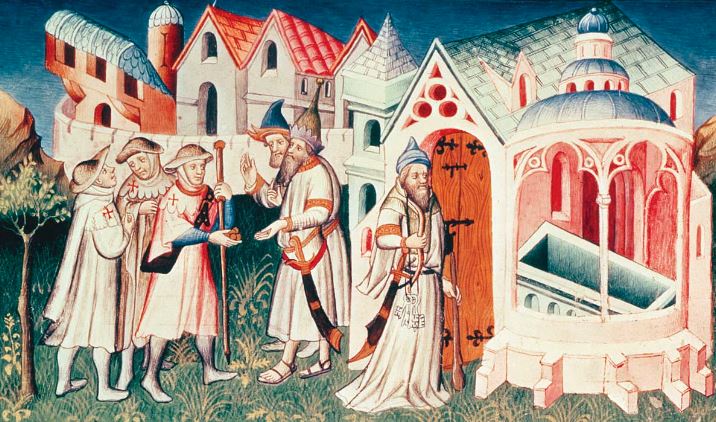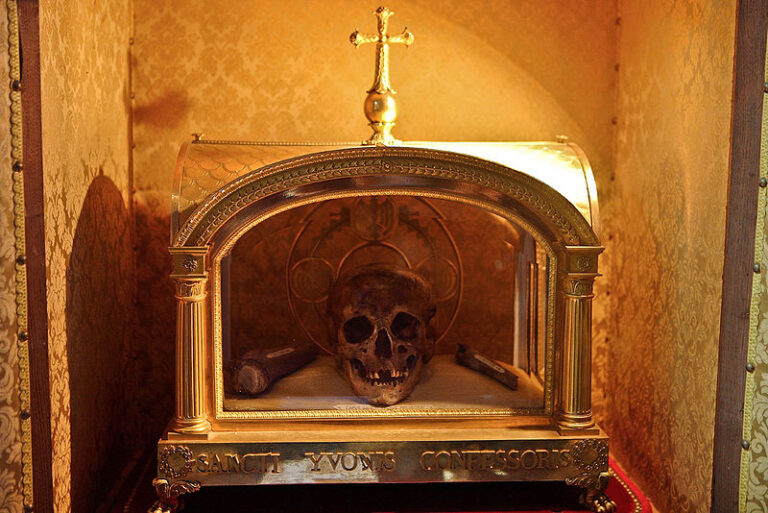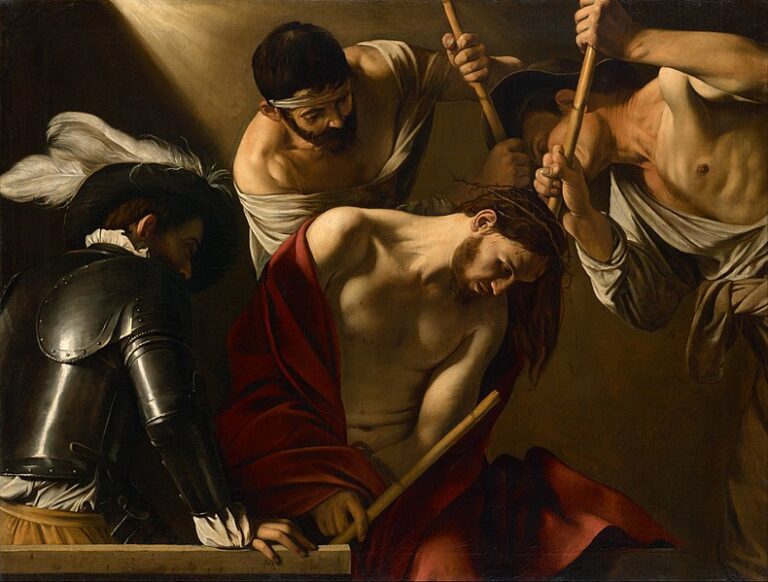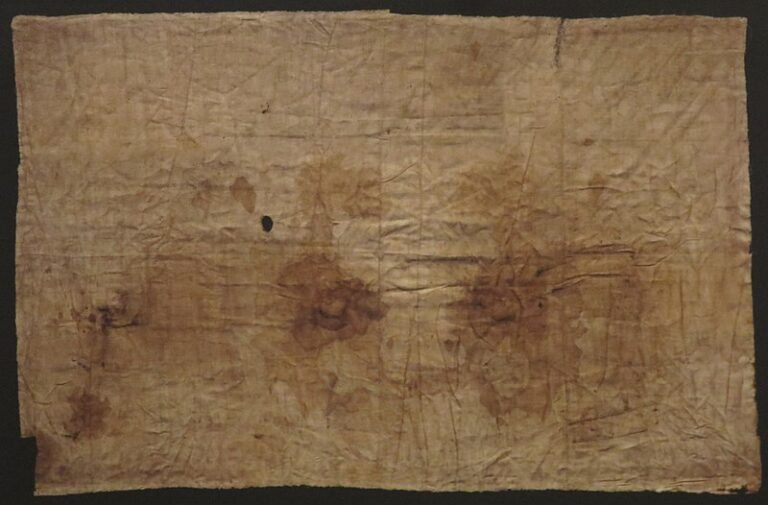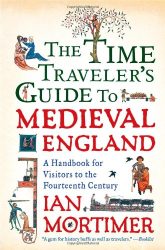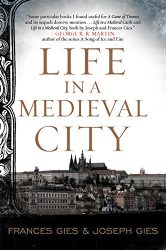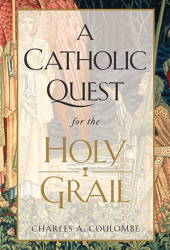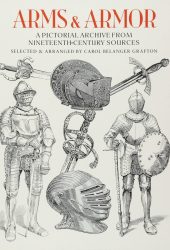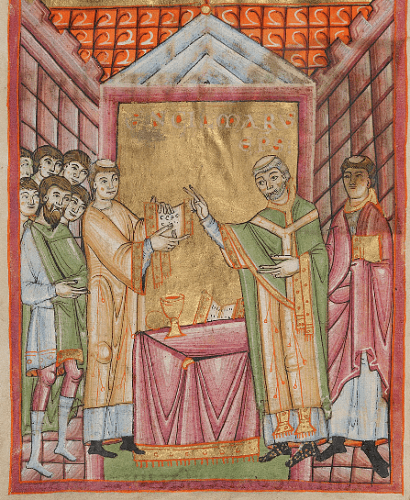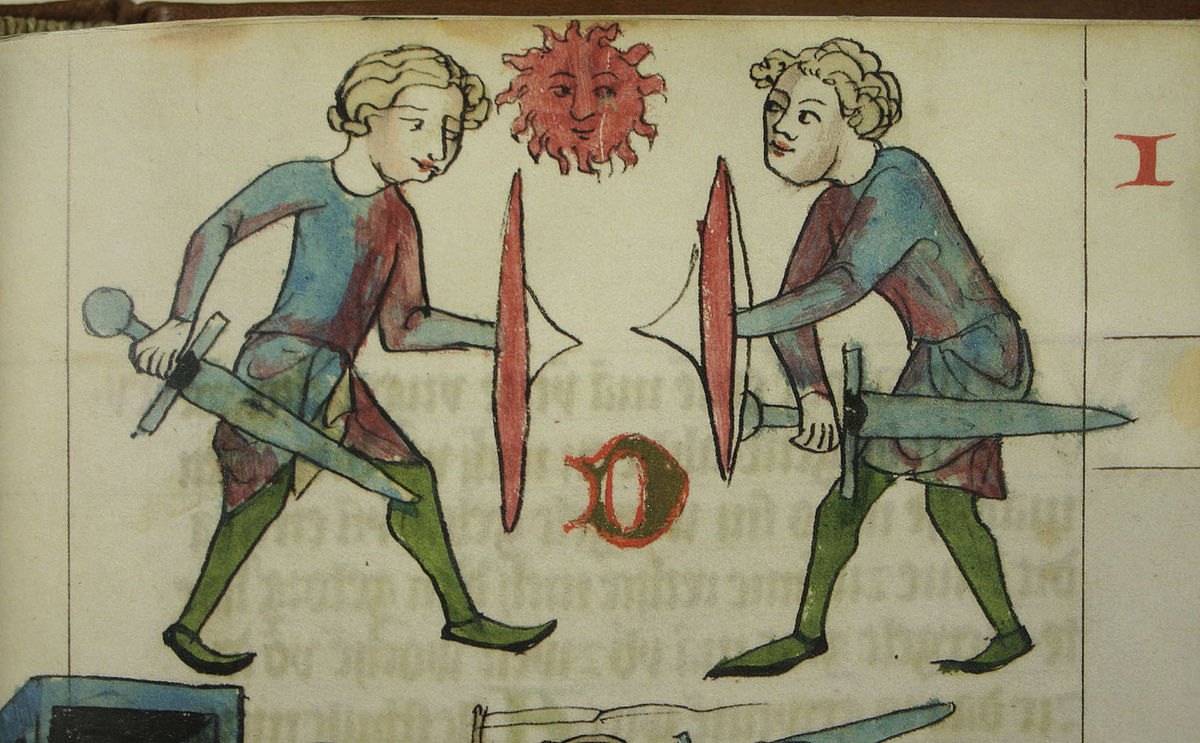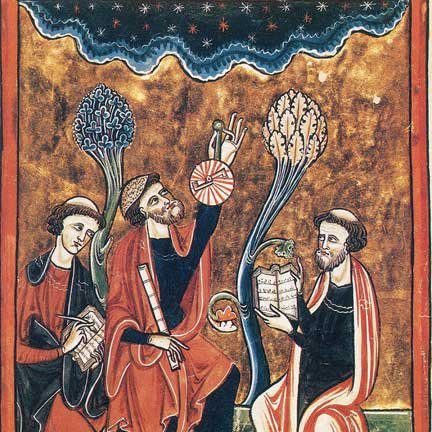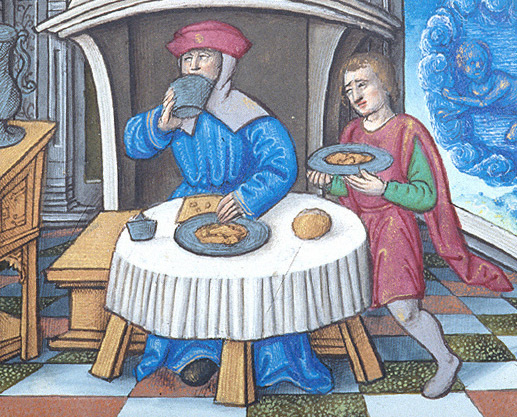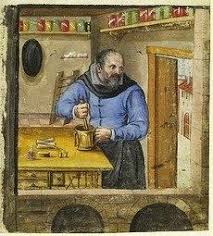In the realm of medieval Europe, where religious devotion permeated every aspect of daily life, a profound phenomenon captured the hearts and souls of countless believers: pilgrimage.
Guided by unwavering faith and an unyielding desire for spiritual fulfilment, medieval pilgrims embarked on arduous and transformative journeys, driven by the pursuit of sacred relics.
These precious objects, believed to possess divine power and connection to saints and biblical figures, held the promise of miracles, forgiveness, and eternal salvation.
Embark on this sacred journey, where faith and relics intertwine, revealing the profound depths of devotion and the transformative power of pilgrimage in medieval Europe.
What's a Medieval Pilgrim?
A pilgrim was an individual who undertook a religious journey, known as a pilgrimage, during the Middle Ages. Pilgrimages were a significant aspect of medieval religious life. They involved travelling to holy sites, shrines, or locations of religious significance to seek spiritual solace and blessings and to fulfil religious obligations.
Medieval pilgrims came from various backgrounds, including clergy, nobles, and commoners. They embarked on these arduous journeys to express their faith, seeking personal transformation, penance, or the fulfilment of vows. The destinations of pilgrimages varied, ranging from local shrines to far-flung sites like Jerusalem, Rome, or Santiago de Compostela.
What Was a Medieval Pilgrim's Life Like?
Pilgrims often travelled in groups for safety and companionship, and their journeys were filled with physical challenges and dangers. They faced treacherous terrains, bandits, and unpredictable weather conditions along the way. However, the hardships were believed to purify the soul and strengthen their connection with God.
Medieval pilgrims engaged in acts of devotion such as prayers, fasting, and penance during their pilgrimage. They sought encounters with sacred relics, objects associated with saints or biblical figures, which were believed to possess divine power and could provide spiritual benefits or miraculous cures.
Upon returning from their pilgrimage, pilgrims often brought back souvenirs, badges, or tokens as proof of their journey and as symbols of their devotion. These items were cherished mementoes and served as a visible sign of their pilgrimage experience.
Why Undertake a Pilgrimage?
Pilgrimage was an integral part of medieval religious life, providing believers with opportunities for spiritual growth, communal worship, and a connection to the divine.
The act of pilgrimage held deep significance, shaping religious beliefs, cultural practices, and the collective identity of medieval society.
The Medieval Relic
In the medieval period, relics were objects or artifacts that were believed to have a sacred or supernatural connection to a holy figure, such as a saint, apostle, or biblical character.
These relics held significant religious and spiritual value for believers, and their veneration played a central role in medieval religious practices.
It’s important to note that the authenticity of some relics was questioned even during medieval times, and there were instances of fraudulent relics being created or displayed. Nevertheless, the belief in the power and significance of relics remained a fundamental aspect of medieval religious life and shaped the religious and cultural practices of the era.
Relics were classified into three main types:
Relics of the Body
These relics consisted of physical remains or parts of the bodies of saints, such as bones, teeth, hair, or clothing. They were considered the most valuable and revered type of relic, believed to carry the essence or presence of the saint.
For example, here are a couple of popular relics of the body. These relics of the body were revered by medieval Christians and attracted pilgrims from far and wide, symbolizing their connection to Christ or revered saints and fostering a sense of devotion and spiritual connection.
- The Seamless Robe of Jesus: The Seamless Robe, also known as the Holy Tunic or Holy Coat, was reputed to be the garment worn by Jesus during his crucifixion. It was considered a relic of immense importance. One of the notable locations claiming to possess the Seamless Robe is the Cathedral of Trier in Germany, where it is exhibited on special occasions.
The Relics of Saint Thomas Becket: After the martyrdom of Thomas Becket, the Archbishop of Canterbury, in 1170, his relics became highly venerated. They included parts of his skull, bones, and various personal belongings. The shrine of Saint Thomas Becket at Canterbury Cathedral in England became a major pilgrimage destination and a site of great religious significance.
Relics of the Passion
These relics were associated with the life and suffering of Jesus Christ. They included objects believed to have been directly connected to the crucifixion, such as pieces of the True Cross, nails, thorns from the Crown of Thorns, or fragments of the Holy Sepulchre.
These relics associated with the Passion of Christ held immense religious significance for medieval Christians. They were believed to have been directly connected to Jesus’ suffering and were venerated for their ability to bestow blessings and offer spiritual solace to the faithful. For instance:
True Cross: The True Cross, also known as the Holy Cross, refers to the actual cross on which Jesus Christ was crucified. According to tradition, fragments or pieces of the True Cross were distributed among various churches and monasteries in medieval Europe. These fragments were considered highly sacred and were venerated for their association with the crucifixion.
Crown of Thorns: The Crown of Thorns is believed to be the crown made of thorny branches placed on Jesus’ head during his crucifixion. Several relics claimed to be fragments of the Crown of Thorns were venerated in medieval times. Notable among them was the relic housed in the Sainte-Chapelle in Paris, which was acquired by King Louis IX (later Saint Louis) and became a significant object of pilgrimage.
Holy Lance: The Holy Lance, also known as the Spear of Destiny or Spear of Longinus, is believed to be the spear that pierced Jesus’ side during the crucifixion. According to medieval tradition, several lances were venerated as relics, including the one housed in the Hofburg Palace in Vienna, Austria, which was believed to be the true Holy Lance.
Relics of Association
These relics were objects that had come into contact with a holy figure during their lifetime. They could be personal belongings, such as a garment, a book, or a piece of furniture, associated with a saint or a biblical figure.
These relics symbolized the proximity or interaction between the object and the holy individual.
Here are three important medieval relics of association:
The Holy Grail: The Holy Grail was believed to be the cup used by Jesus during the Last Supper. It became a legendary relic associated with the search for spiritual enlightenment and divine revelation. Countless tales and legends were woven around the Holy Grail, and its quest became a central theme in Arthurian legends and medieval literature.
The Sudarium of Oviedo: The Sudarium of Oviedo is a cloth that was believed to have been used to cover Jesus’ face after his crucifixion. It is considered an important relic of association, believed to have been present at the moment of Jesus’ death. The Sudarium is housed in the Cathedral of San Salvador in Oviedo, Spain.
The Holy Robe (Holy Tunic) of Trier: The Holy Robe of Trier is believed to be the seamless robe worn by Jesus Christ during his crucifixion. According to tradition, it was brought to Trier, Germany, by St. Helena, the mother of Emperor Constantine. The Holy Robe is displayed as a relic of association at the Cathedral of Trier and has been venerated by pilgrims for centuries.
Why Were Medieval Relics So Important?
Medieval relics were believed to possess spiritual power and were venerated for their ability to provide blessings, miracles, or protection.
Pilgrims travelled long distances to visit reliquaries, containers that housed the relics, in churches, cathedrals, or shrines.
The veneration of relics was an essential part of medieval religious devotion and pilgrimage, and it played a crucial role in the economy of many religious institutions, attracting pilgrims and donations.

